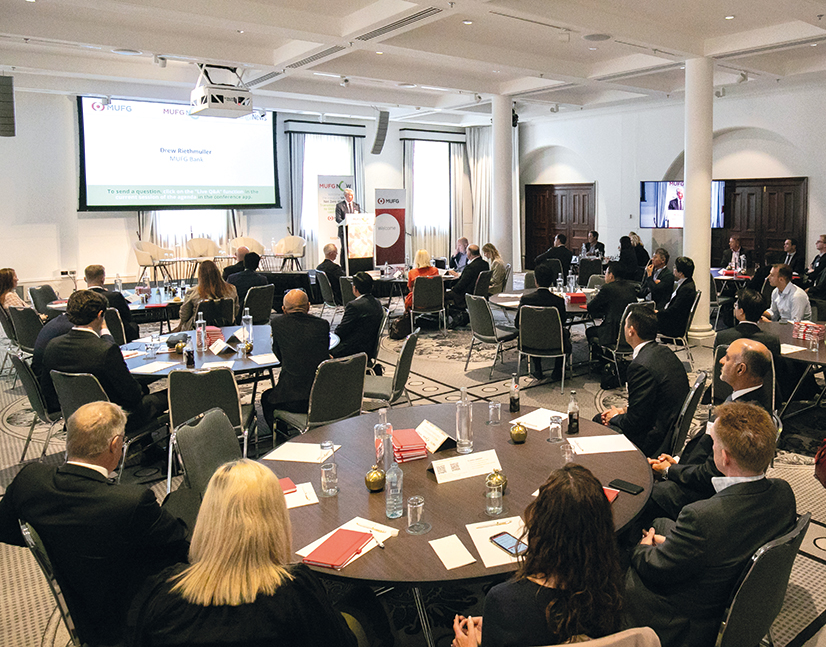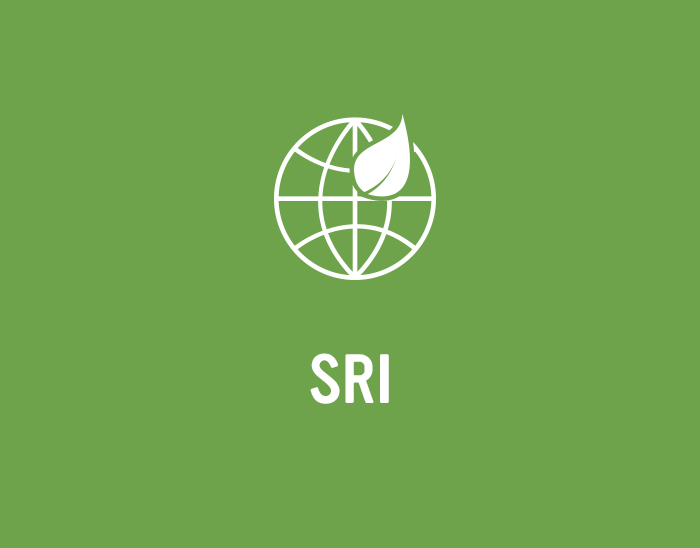
ASFI readies updated track of Australia’s sustainable finance progress
The Australian Sustainable Finance Institute will disclose the latest intelligence from its sustainable finance progress tracker at its annual conference in Sydney on 24 October. Ahead of the update, the institute’s chief executive, Kristy Graham, shares a sneak preview with KangaNews covering some of the primary focus areas and priorities.
KangaNews is a media partner of the Australian Sustainable Finance Summit 2023, which is taking place at the Hilton in Sydney on Tuesday 24 October. To see more information on and to register for the event, please click here.
You have been working on a progress tracker to show where we are at with the roadmap recommendations. What are the highlights of this piece of work and, in particular, which recommendations is the industry tracking best and worst against?
Australia is moving rapidly from laggard to ‘early follower’, by advancing development of a world-leading sustainable finance taxonomy, moving to introduce mandatory climate disclosure for Australian firms from 1 July 2024 and developing a framework for Australia’s first sovereign green-bond issuance.
At the same time, the findings will underscore the task ahead to translate high-level targets and emerging policies into on the ground impact to decarbonise the economy, restore Australia’s natural capital and support greater levels of wellbeing across Australian society.
Some of the roadmap recommendations are fairly straightforward to mark progress against – for instance number 9, on development of a taxonomy – whereas others are likely to have some degree of ongoing evolution. An example is number 1, on embedding sustainability in corporate leadership and governance, purpose, and organisational culture. How does the tracker take account of the differing nature of the recommendations?
With government now demonstrating a firm interest in the sustainable finance agenda, there is a strong case for industry to work with government and to support the development of policy and regulation alongside industry initiatives. Doing so will draw on the capability, expertise, and execution capacity in industry as well as the leadership, convening power and regulatory role of government.
Our assessment of progress takes into account the evolving context of sustainable finance within financial institutions, in government and across the financial system.
“The Voice campaign this year received strong finance sector support and helped to raise awareness and support for reconciliation among financial institutions. The rejection of the Voice at the October referendum underscores the need for greater efforts to accelerate reconciliation. Leadership from the finance sector should be part of this.”
Can you give a view specifically on the organisational culture and remuneration aspects of the roadmap. What does progress look like here? Can you point to some examples of leadership in this space?
The emergence of the Australian government’s sustainable finance policy agenda is expected to drive further integration of climate change and, over time, broader sustainability issues into the core business of financial institutions.
The scope of sustainable finance has broadened further since the roadmap was published, for instance with the growing appreciation of the need to address biodiversity and natural capital. Do you foresee an update to the roadmap itself or is its scope already sufficient to account for newer considerations that have come to the fore?
Australia has rejected the opportunity to enshrine a First Nations advisory body in the constitution, while on the other hand ASFI has said in the past that Australia has a unique opportunity to promote the incorporation of First Nations social considerations in its sustainable finance ecosystem. Is there a role to play for the financial sector in promoting better general understanding of the value of this engagement? If so, what is it?
ASFI looks forward to working with its members, government, financial regulators and other partners through our “First Nations and finance” work programme over the coming 12 months to support economic self-determination and create meaningful change with First Nations communities across Australia.
How is the emergence and development of a mandatory climate risk reporting regime influencing – and likely to further influence in future – progress on recommendations 11-13, which cover the Task Force on Climate-Related Financial Disclosures, and recommendations 16-17 on stress testing and risk analysis?
It will require a significant capability uplift in financial institutions and other large businesses – not just for the sustainability teams but right across the organisation, so everyone can incorporate climate and sustainability into their roles.
As global heating increasingly has a physical impact on Australia, is greater focus to the roadmap recommendations on resilience needed?
Physical impacts also come up in areas like scenario analysis. There is a call for Australia’s climate disclosure framework to require reporting entities to conduct scenario analysis against a ‘business as usual’ temperature trajectory, to stress-test how businesses are likely to be affected.

WOMEN IN CAPITAL MARKETS Yearbook 2023
KangaNews's annual yearbook amplifying female voices in the Australian capital market.











